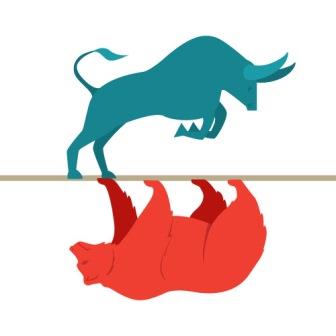
Indian auto sector was already reeling under the slowdown in the domestic economy. The rural distress, slowing consumption and liquidity crunch due to the NBFC crisis has negatively impacted the auto industry. The switch to BS-VI standards also added a layer of uncertainty among the potential buyers. In this background, the spread of COVID-19 across the globe has only added more pain to the automobile sector.
In India, the automobile industry employs around 8 million people directly and indirectly, contributing 7.5 percent to India’s GDP. The overall manufacturing sector contributes around 17 percent to the GDP, and within which the share of automobile industry stands at 49 percent.
Initially, the question was how the auto industry would deal with the supply chain disruption caused due to spread of the virus in China. For instance, in 2018-19, the country imported $1239.2 million worth of auto components/parts from China. India also imported $93 million worth of auto tubes and tyres, and $312 million worth of IC engine and parts from China during the same year. The numbers signify the dependence of India’s auto sector on China. Now, with the spread of the virus across the globe, the supply chain disruption has become more severe, with the factories being shut and various restrictions in place.
Coming to the demand shock, the economy is witnessing a decline in consumer spending. With the lockdown, the economic activities are taking a back seat. In such a scenario, it is feared that there will be more job losses, climbing up of unemployment rate and lower income growth in the economy. In such an uncertain atmosphere, one could also witness a change in the composition of consumer spending as people will be prioritising their spending. There will be a general tendency to save more and consume less. It is likely that the consumption of consumer durable goods will be deferred, with the automobile industry being badly hit. To quote, Nobel Laureate Robert J Shiller “Economic slowdowns can often be characterized as periods of hesitation. Consumers hesitate to buy a new house or car, thinking that the old house or car will do just fine for a while longer”. And in China, automobile sales plunged 79 percent in February due to the plummeting demand. CY20 would be another tough year for the automobile industry as the outlook for both the domestic and global economy is bleak.









